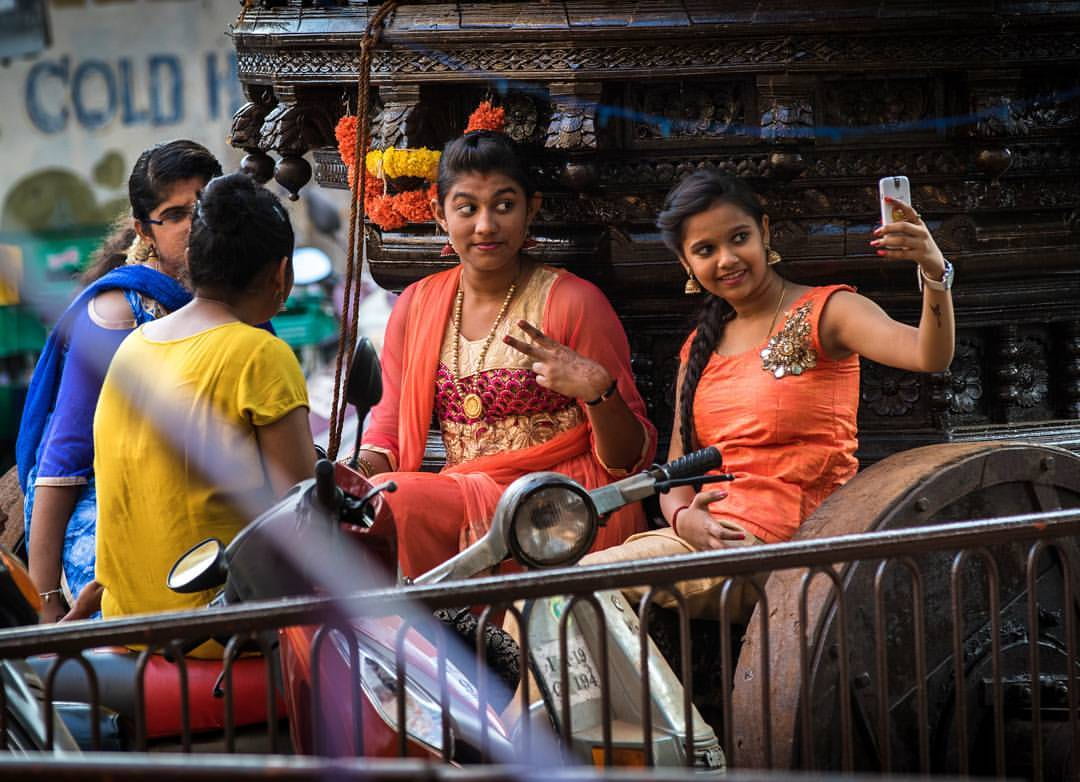Based on a lesson developed by Professor Aftab Ahmed for STARTALK@NYU and the South Asian Institute, Columbia U workshop: “Efficient Strategies to keep students engaged in the Hindi and Urdu classrooms”

Proficiency Level – Heritage Intermediate High/Advanced Low
Time: 2X60 min
Objectives: Students will be able to
- explain the meaning of the poem by Kishwar Nahid “Hum Gunahgaar Aurtein”
- discuss the relevance of the message
- describe women’s struggles in the patriarchic society
- recognize several female writers and poets
Performance Tasks:
- interpersonal: students argue the relevance of the challenges women face according to the poem
- interpretive: students develop a concept map of the concept of izzat based on hearing the poem
- presentational: students discuss the meaning of 5 verses/tropes in the role of a common reader (for lower proficiency level) or a literary critic (for higher level)
Learning Episodes (download ppt with audio commentary or pdf) :
1. Slide 1 – In two big groups students brainstorm about the description of (a) the ‘sinful’ women are, and (b) those who call them ‘sinful’.
2. Slides 2 and 3 – Students listen to the poem “Hum Gunahgaar Aurtein” recited by Kishwar Nahid. In pairs one from each group students draw a concept map of izzat or a woman who is not gunehgaar in relation to at least 3 categories – behavior (raveyaa), speech (baatchiit) and appearance (dikhaavaa)
3. Slide/page 4 – The teacher elicits the story of Mary Magdalene (with focus on the various aspects of ‘sin’ which boil down to female sexuality).
4. Slides/pages 5-10 – The teacher provides his/her examples of ‘sinful’ women.
5. Students give their examples and explain why they think so.
6. Jigsaw: In groups students read the assigned section of the poem and describe what the images represent:
- group 1: slides/pages 11-20
- group 2: slides/pages 21-27
- group 3: slides/pages 28-38
- group 4: slides/pages 39-43
7. Students change groups and share what they read and described. They put the poem in order.
8. The whole class listens to the teacher recite the poem again (download audio). In pairs students discuss the meaning of and symbolism in 5 selected verses – each student is given a role as a critic or a reader. Students share with the class their ideas and argue against or for their relevance.
یہ ہم گنہگا ر عورتیں ہیں
کہ جن کے جسمو ں کی فصل بیچیں جو لو گ
ہر ایک دہلیز پہ سزا ؤں کی دا ستا نیں رکھی ملے ہیں
تو یہ آ نکھیں نہیں بجھیں گی
کہ اب جو د یوا ر گر چکی ہے
1. ये हम गुनहगार औरतें हैं
2. कि जिनके जिस्मों की फ़सल बेचें जो लोग
3. हर एक दहलीज़ पे सज़ाओं की दास्तानें रखी मिले हैं
4. तो ये आँखें नहीं बुझेंगी
5. कि अब जो दीवार गिर चुकी है
Note: Suggestion for a follow-up from:
- Urdu Reader ‘paabaNdii’ (pp.16-18) and ‘zehniyat’ (Urdu)(pp.23-24).
- Hindi Reader paabaNdii’ (pp.16-18) and ‘maansiktaa’ (pp.23-24)